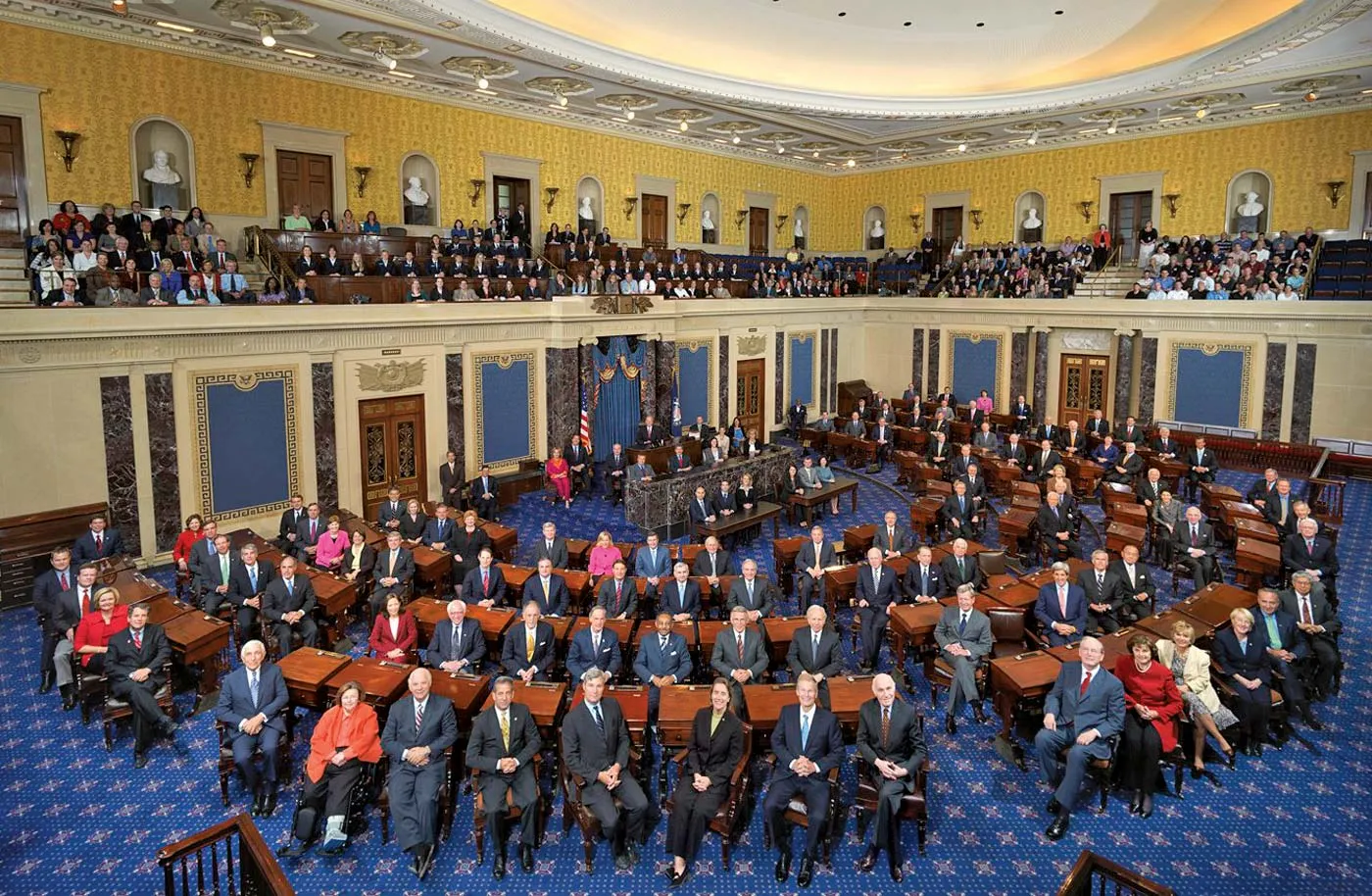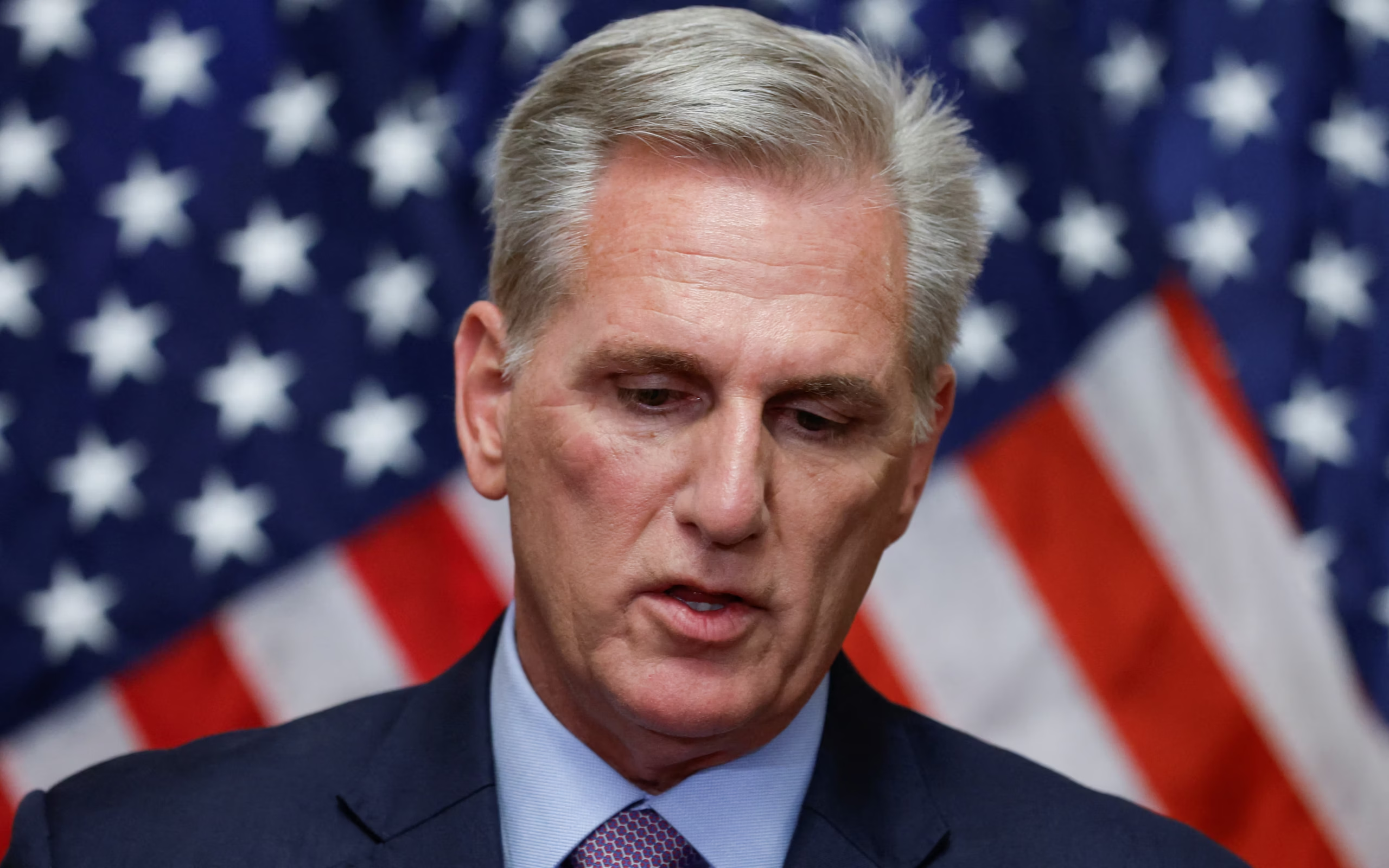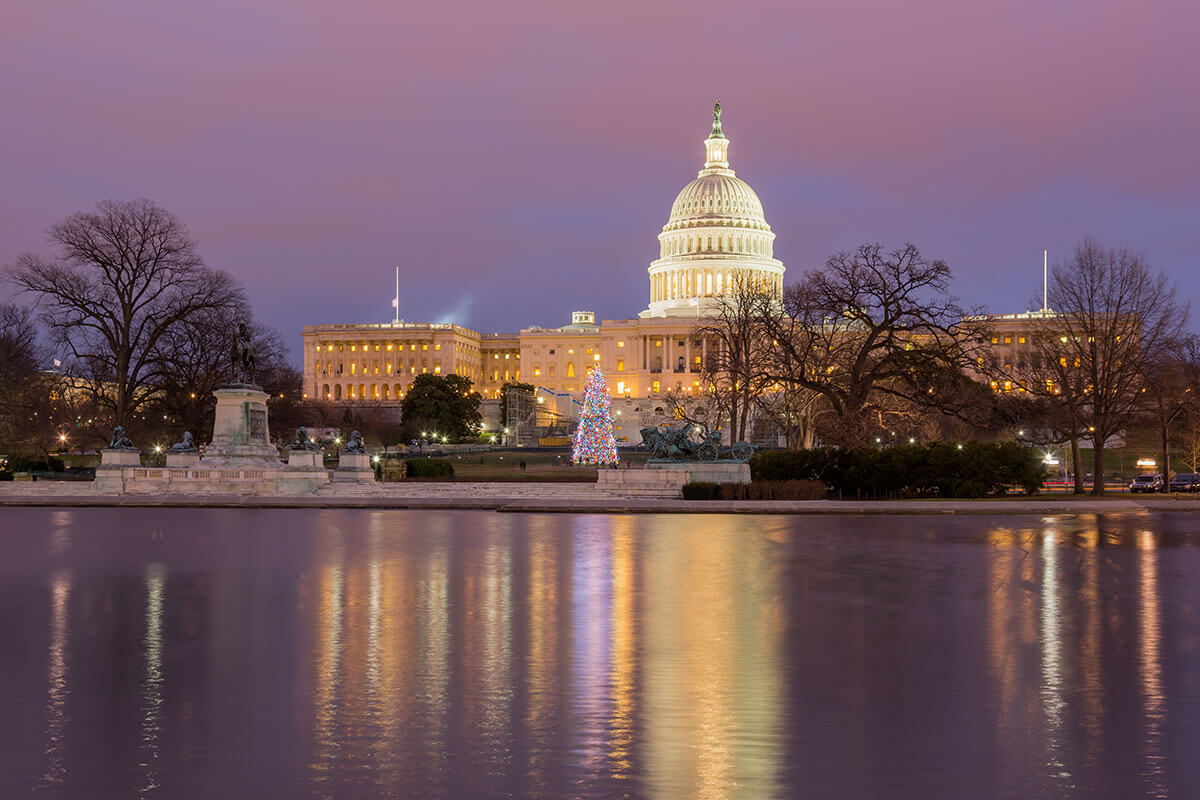There are many misconceptions about if Vice Presidents get secret service protection for life.
The question of whether vice presidents receive Secret Service protection for life often sparks curiosity, especially when former officeholders remain in the public eye after leaving Washington. While the President of the United States is guaranteed lifetime protection, the same doesn’t apply to vice presidents. The rules governing their security detail are more limited, and the length of protection depends on several factors, including current laws, security assessments, and presidential discretion.
Limited Duration of Secret Service Protection
Under U.S. law, former vice presidents are entitled to Secret Service protection for a limited time after leaving office. Typically, this protection extends for six months following the end of their term. After that period, the protection ceases unless the sitting president authorizes an extension.
This policy stems from the Former Presidents Act and other subsequent amendments to U.S. Code Title 18, which governs the duties of the Secret Service. The law guarantees lifetime protection to presidents and their spouses, but vice presidents are treated differently. Their security needs are assessed on a case-by-case basis, with the Department of Homeland Security determining if ongoing threats justify continued coverage.
For example, former Vice President Mike Pence received protection after leaving office in January 2021. Given the heightened tensions following the January 6 Capitol riot, his Secret Service detail continued beyond the standard six-month period. The extended protection was reportedly due to credible threats against his safety. This illustrates how exceptions can be made when circumstances warrant it.
Why the Difference Between Presidents and Vice Presidents?
The main reason for the disparity in protection lies in the level of threat associated with the two offices. The president remains a global figure and symbol of American power long after leaving the White House. They often travel internationally, give speeches, and retain influence in foreign affairs and domestic politics. These activities can make them potential targets.
By contrast, vice presidents, while still high-profile figures, typically face lower risks once out of office. Many return to private life, join corporate boards, teach at universities, or write memoirs. Without the same international exposure, they are not considered at the same level of risk as former presidents.
There’s also a practical and financial component. Secret Service protection is expensive and resource-intensive. The agency must allocate personnel, vehicles, and logistics for every protected individual. Providing lifetime coverage for both presidents and vice presidents would strain budgets and reduce flexibility to cover current officials and major national events.
When Protection Can Be Extended
Despite the six-month guideline, extensions can and do occur. The president, in consultation with the Secretary of Homeland Security, can authorize prolonged protection for a former vice president if there are ongoing threats or unique circumstances.
Former Vice President Dick Cheney, for instance, reportedly retained his detail longer than usual due to the controversial nature of his role during the George W. Bush administration and the continued threat environment linked to his work in counterterrorism.
Similarly, Joe Biden, after serving as vice president from 2009 to 2017, initially received temporary protection that eventually expired. However, once he became a presidential candidate in 2019, his Secret Service protection resumed, this time under a different mandate — that of a presidential contender rather than a former vice president.
Who Decides When It Ends?
The decision to end or extend Secret Service protection doesn’t rest with the vice president themselves. It’s primarily determined by federal law and executive discretion. The Department of Homeland Security, through the Secret Service, regularly conducts threat assessments to determine whether a former vice president requires continued coverage.
If protection is extended, it can cover the individual, their spouse, and in some cases, immediate family members. Once it expires, the former vice president may choose to hire private security, especially if they remain active in politics or business. Many do just that, often employing retired law enforcement or private firms for personal safety.
How the Secret Service Handles Transitions
When a vice president leaves office, their Secret Service detail gradually scales down. The agents assigned to them typically work closely with the next administration to transition responsibilities smoothly. During this time, they continue to monitor potential threats and coordinate with local law enforcement when necessary.
The agency also retains discretion to reinitiate protection if new intelligence suggests a credible threat. For example, if a former vice president travels abroad or attends high-profile public events, temporary coverage can be reinstated to ensure safety.
The flexibility of the system allows the Secret Service to balance national security concerns with resource management. It also reflects the evolving nature of public service in the digital age, where online threats can emerge long after a politician leaves office.
Life After the Secret Service
For most former vice presidents, life after the Secret Service involves a return to a more private existence. Without agents shadowing them 24/7, they enjoy greater personal freedom — something many say they welcome after years of constant surveillance.
Former Vice President Al Gore, for instance, became an environmental advocate and business leader after leaving office in 2001. He did not retain Secret Service protection beyond the standard period, choosing instead to live as a private citizen. Similarly, Dan Quayle and Walter Mondale transitioned to civilian life without any significant security detail once their protection ended.
Others, like Mike Pence, remained in the political spotlight, which meant ongoing security considerations. Even so, once their official coverage concludes, any security measures become a private matter handled at their own expense.
The Bigger Picture
The Secret Service’s mission is to protect national leaders, not necessarily to provide lifelong personal security to every individual who has ever held high office. The agency must constantly adapt to new threats, and its resources are prioritized for sitting presidents, vice presidents, and major political candidates.
Still, the level of respect and caution given to former vice presidents reflects their continued importance in the political landscape. If a credible risk emerges, the federal government has the authority and capacity to respond swiftly — including reinstating protection.
In short, vice presidents do not receive Secret Service protection for life. They typically get coverage for six months after leaving office, though extensions are possible if warranted by ongoing threats. The president can authorize longer protection, and the Secret Service remains ready to re-engage if circumstances demand it.
For most former vice presidents, the end of official protection marks a return to normalcy — a chance to live without a security detail following every move. For others who remain in the public eye, it simply marks a new phase where safety becomes a private responsibility rather than a federal one.




